Past the Rubber: Exploring the Enduring Legacy of The Quick and the Livid: Tokyo Drift
Associated Articles: Past the Rubber: Exploring the Enduring Legacy of The Quick and the Livid: Tokyo Drift
Introduction
With nice pleasure, we are going to discover the intriguing matter associated to Past the Rubber: Exploring the Enduring Legacy of The Quick and the Livid: Tokyo Drift. Let’s weave fascinating info and provide contemporary views to the readers.
Desk of Content material
Past the Rubber: Exploring the Enduring Legacy of The Quick and the Livid: Tokyo Drift
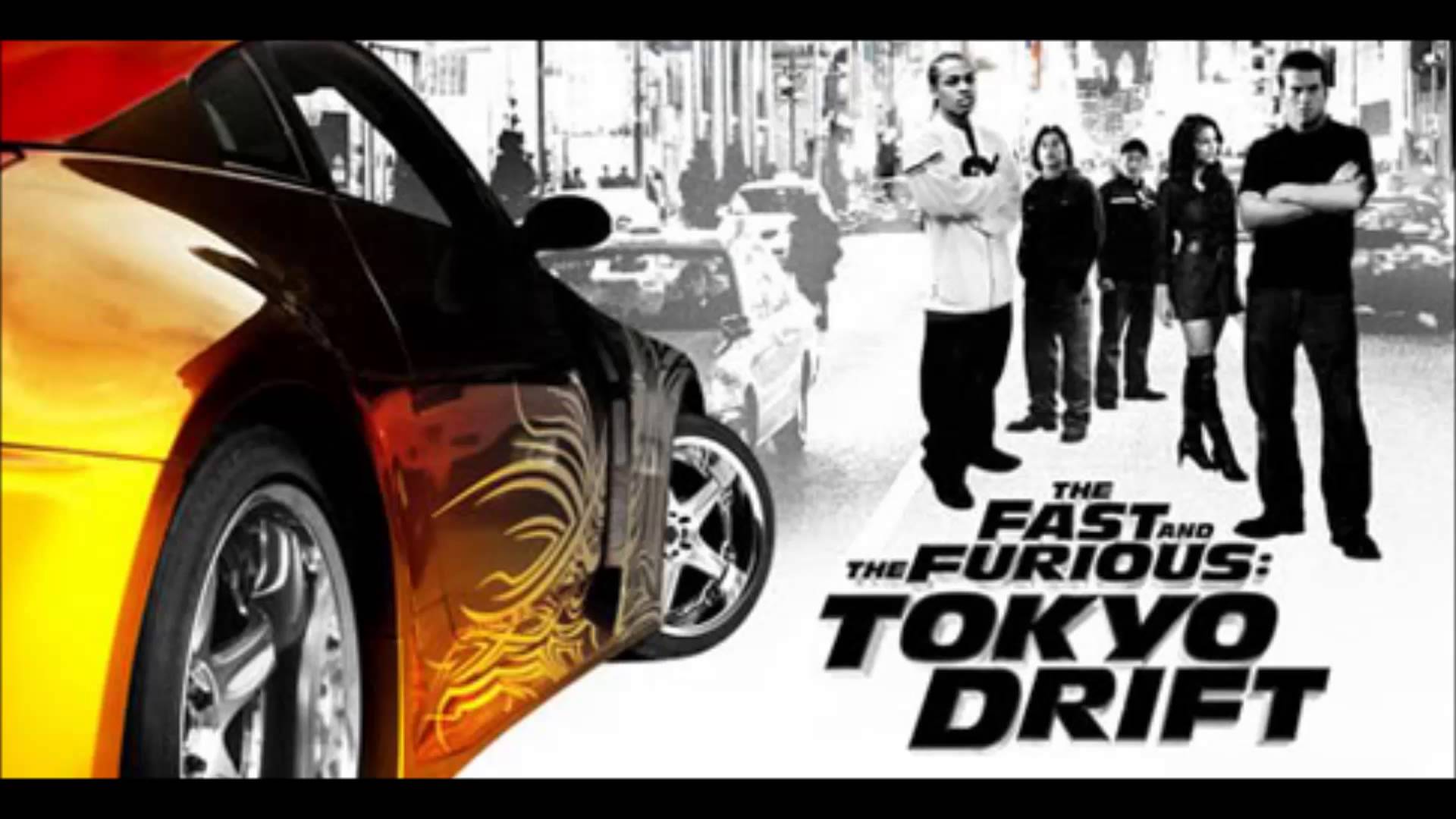
The Quick and the Livid: Tokyo Drift, the third installment within the seemingly unstoppable Quick Saga, initially confronted a skeptical reception. Launched in 2006, it deviated considerably from its predecessors, shifting the main focus from American muscle vehicles and high-octane road races to the colourful, neon-drenched underbelly of Tokyo’s drifting scene. Whereas it initially struggled to seize the identical viewers as its predecessors, Tokyo Drift has since cultivated a devoted following, incomes a reassessment that acknowledges its distinctive contributions to the franchise and its cultural impression. Its enduring legacy lies not simply in its exhilarating drift sequences, however in its exploration of themes of cultural change, self-discovery, and the common attraction of adrenaline-fueled competitors.
The movie follows Sean Boswell (Lucas Black), a rebellious teenager sentenced to reside along with his estranged father, a U.S. navy officer stationed in Japan. Sean rapidly finds himself immersed on the planet of unlawful road racing, particularly the intricate artwork of drifting, a mode of driving that emphasizes managed slides and precision maneuvers. He encounters a vibrant forged of characters, together with Han Lue (Sung Kang), a charismatic and expert drifter who turns into Sean’s mentor and pal, and Takashi (Brian Tee), the reigning king of the Tokyo drift scene and the son of a strong yakuza boss.
Not like the earlier movies, which primarily targeted on straight-line drag racing, Tokyo Drift plunges headfirst into the technicalities and aesthetic fantastic thing about drifting. The movie meticulously showcases the ability and precision required to execute good drifts, emphasizing the steadiness between management and chaos. This dedication to authenticity, guided by famend drift driver Rhys Millen, elevates the racing sequences past mere spectacle, reworking them right into a charming show of athleticism and artistry. The close-up pictures of tires screeching in opposition to asphalt, the exact counter-steering, and the breathtaking angles of the vehicles navigating tight corners all contribute to a visceral and immersive viewing expertise. The movie’s dedication to showcasing the nuances of drifting is arguably its most important contribution to its lasting attraction. It not solely launched a wider viewers to the game but additionally helped to raise its international reputation.
Past the thrilling motion sequences, Tokyo Drift explores themes of cultural adaptation and self-discovery. Sean, an outsider thrust right into a international tradition, struggles to search out his place. He initially clashes with the Japanese customs and language, grappling with the challenges of navigating a brand new atmosphere. His journey of self-discovery is intertwined along with his immersion on the planet of drifting, a pursuit that calls for self-discipline, respect, and mastery of a posh ability. This strategy of studying and adapting, each on and off the monitor, resonates with audiences, highlighting the common human expertise of discovering one’s identification in a brand new and unfamiliar setting.
The connection between Sean and Han is a pivotal side of the movie. Han serves as a information, not solely instructing Sean the intricacies of drifting but additionally introducing him to the Japanese tradition and its nuances. Their bond transcends the everyday mentor-mentee dynamic, evolving into a real friendship constructed on mutual respect and shared ardour. Han’s tragic destiny, which is foreshadowed all through the movie and finally revealed in a heart-wrenching climax, provides a layer of emotional depth, underscoring the excessive stakes of the underground racing world and the fragility of life. Han’s dying, which is later revisited and given larger significance in subsequent Quick Saga movies, cemented his standing as a fan favourite and an important character within the overarching narrative.
The movie’s aesthetic is as integral to its identification as its motion sequences. The colourful neon lights of Tokyo, the bustling metropolis streets, and the glossy, modified Japanese vehicles create a visually gorgeous backdrop. The soundtrack, that includes a mix of hip-hop, J-pop, and digital music, additional enhances the movie’s ambiance, creating a novel sonic panorama that enhances the visible spectacle. This mix of visible and auditory parts contributes to the movie’s enduring attraction, capturing the vitality and pleasure of Tokyo’s nocturnal tradition.
Nevertheless, Tokyo Drift wasn’t with out its criticisms. Some argued that the movie’s plot was simplistic and predictable, missing the advanced character improvement and complicated storylines discovered within the earlier installments. Others felt that the shift in focus from American muscle vehicles to Japanese imports alienated among the franchise’s core viewers. Regardless of these criticisms, the movie’s distinctive fashion and cultural immersion finally proved to be its strengths, creating a definite identification throughout the Quick Saga and attracting a brand new technology of followers.
The movie’s enduring legacy can also be tied to its sudden affect on the worldwide drifting scene. Tokyo Drift considerably elevated the game’s visibility and recognition, inspiring a brand new wave of fanatics and attracting a wider viewers to the technical ability and artistry concerned. The movie’s affect may be seen within the development of drifting communities worldwide, the rise in participation in drifting competitions, and the continued improvement of modified Japanese vehicles.
Moreover, Tokyo Drift‘s significance throughout the broader Quick Saga has grown over time. Initially perceived as a standalone installment, its connections to the bigger narrative have grow to be more and more obvious via subsequent movies. The character of Han Lue, initially launched as a supporting character, has been resurrected and given a extra outstanding function, revealing the intricate internet of relationships and occasions that join the assorted movies within the franchise. This retrospective appreciation of Tokyo Drift‘s contribution to the overarching story provides one other layer to its enduring legacy.
In conclusion, The Quick and the Livid: Tokyo Drift is greater than only a automobile chase film. It is a coming-of-age story, a cultural exploration, and a testomony to the common attraction of high-stakes competitors. Whereas it initially confronted criticism for deviating from the established formulation of the franchise, its distinctive fashion, thrilling motion sequences, and exploration of cultural themes have finally earned it a spot as a beloved and important installment within the Quick Saga. Its enduring legacy extends past the world of cinema, influencing the worldwide drifting scene and cementing its place as a cultural touchstone for a technology of automobile fanatics and filmgoers alike. The movie’s success lies in its skill to move the viewer right into a vibrant and thrilling world, leaving them with a long-lasting appreciation for the great thing about managed chaos and the fun of the experience.

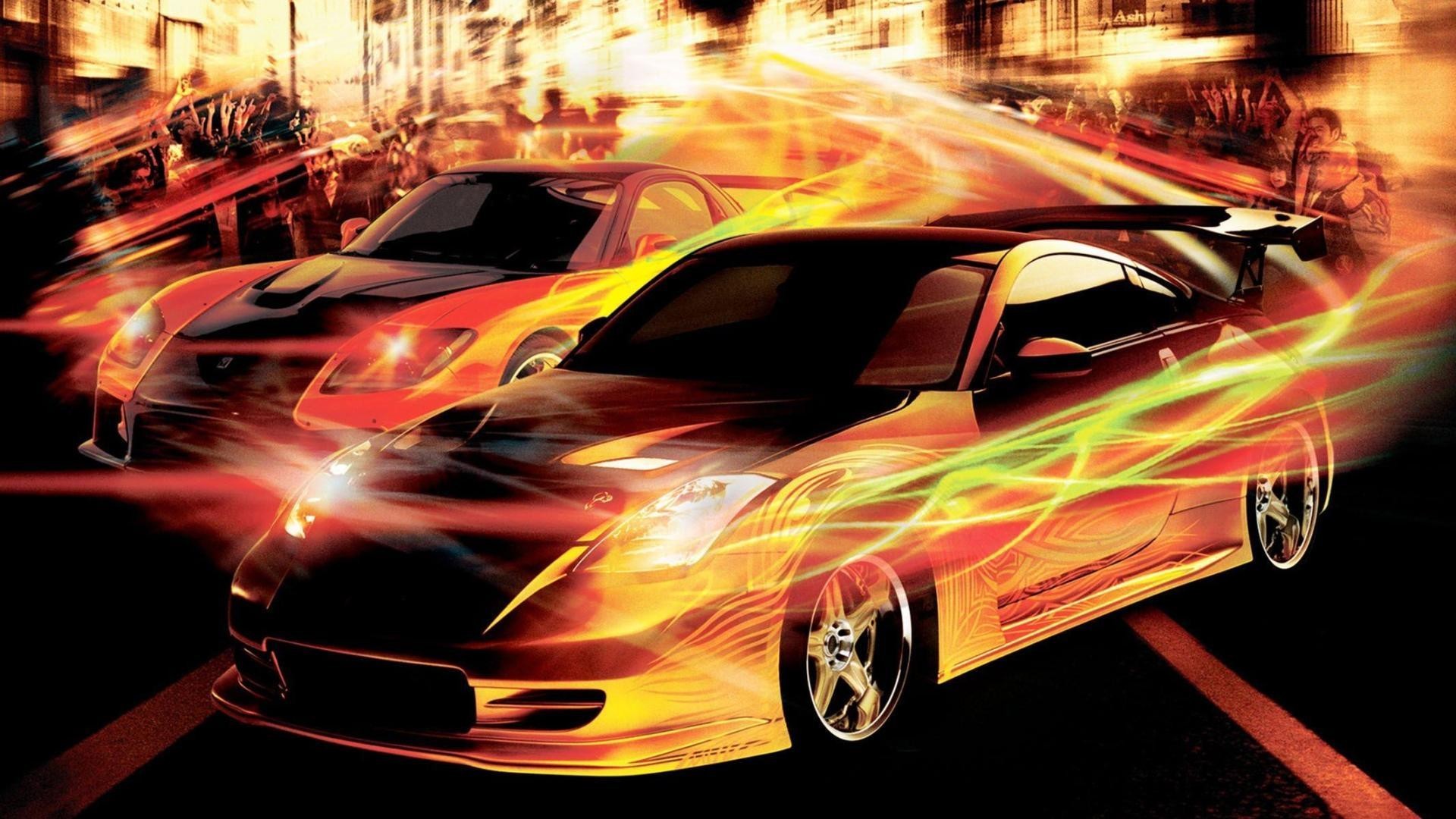
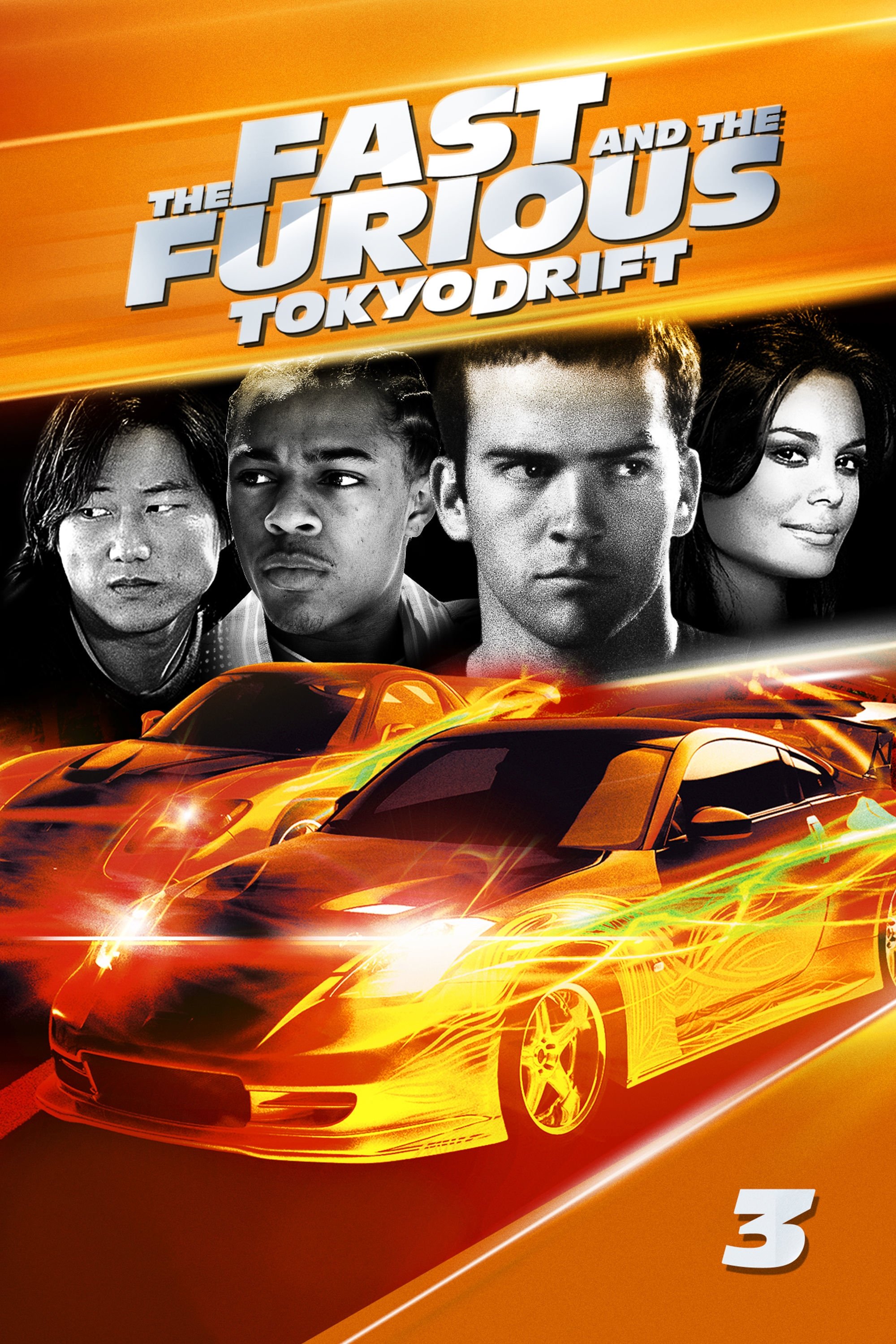
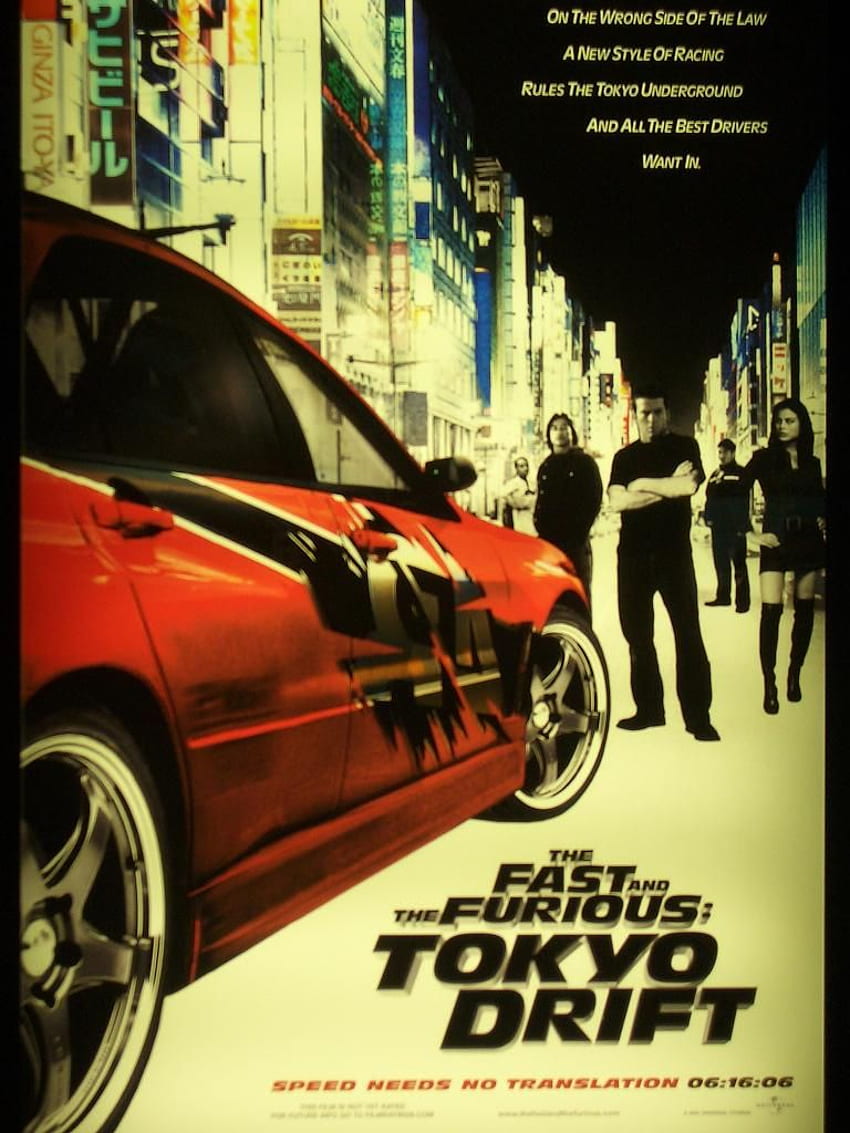


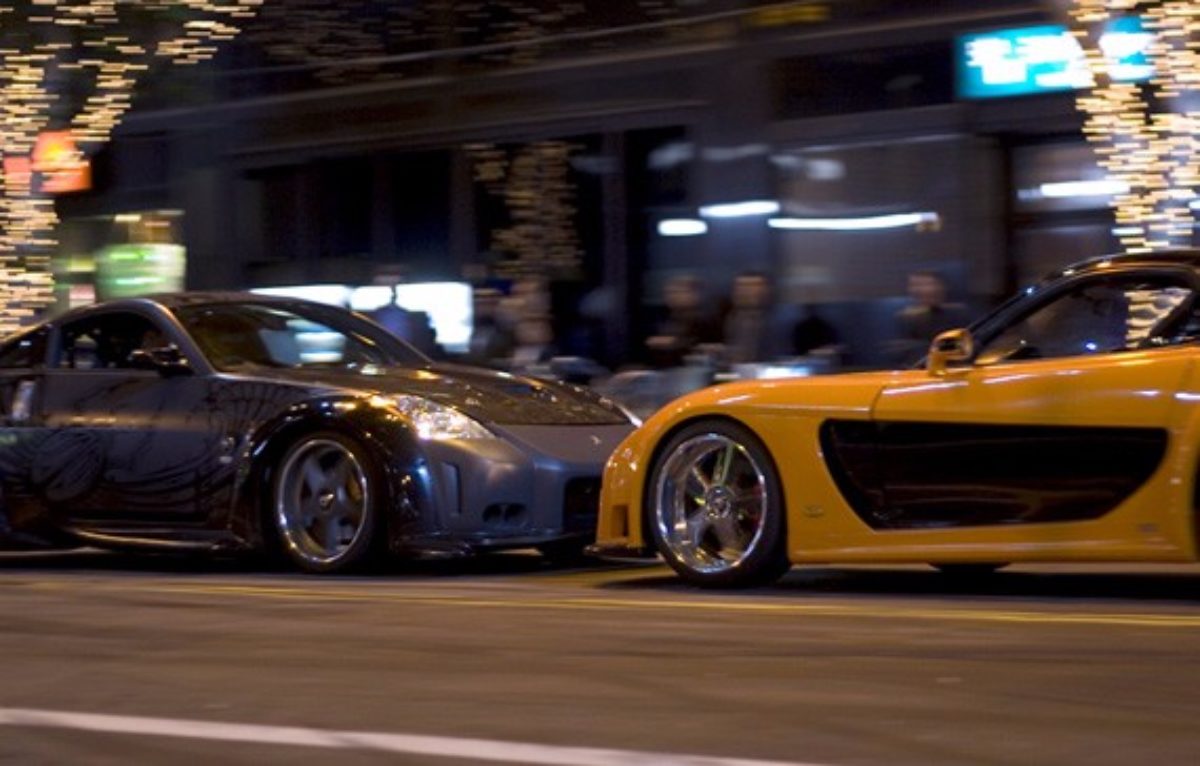
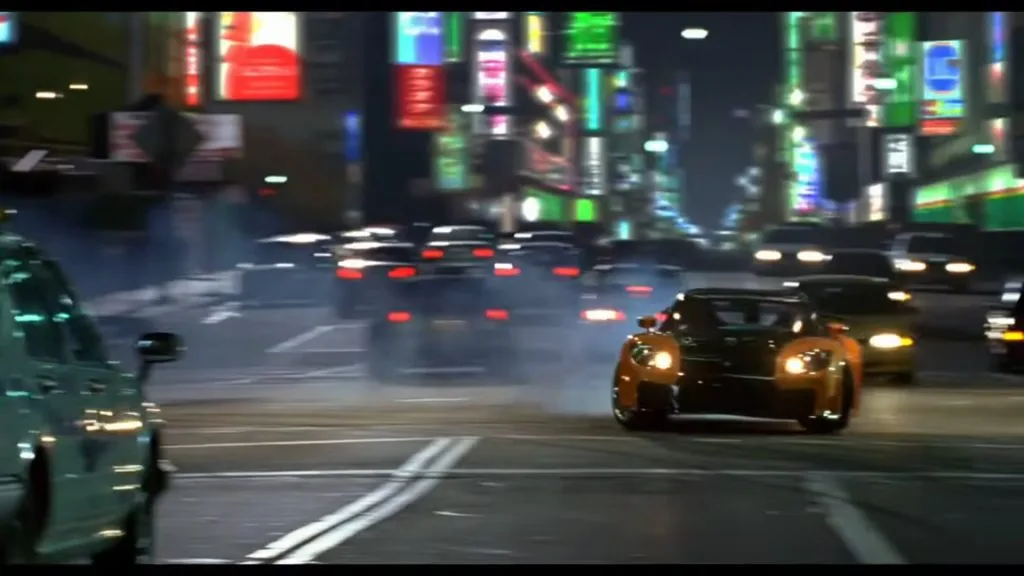
Closure
Thus, we hope this text has offered invaluable insights into Past the Rubber: Exploring the Enduring Legacy of The Quick and the Livid: Tokyo Drift. We admire your consideration to our article. See you in our subsequent article!